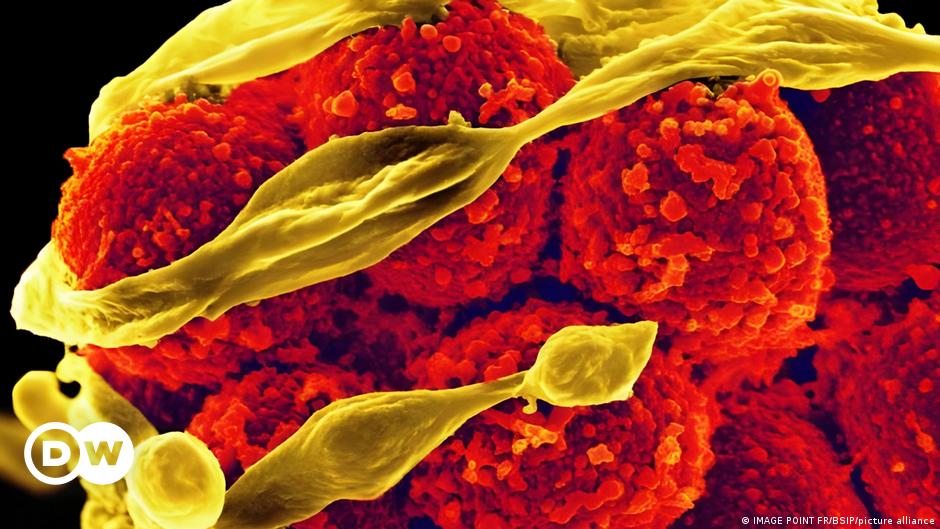AI has discovered almost a million possible natural antibiotics – DW – 06/07/2024

Antibiotic resistance is a threat to global health. In search of a solution, the team used artificial intelligence to identify almost a million potential sources of antibiotics in nature.
An investigation that publishes cell examined genomic data in search of new antibiotics in the global microbiome and identified 863,498 promising antimicrobial peptides, small molecules that can kill or inhibit the growth of infectious microbes. 90% have never been described before.
Antimicrobial resistance is a “major public health threat, killing 1.27 million people every year,” said researcher Luis Pedro Coelho from Queensland University of Technology in Australia. and one of the signatories of the article.
Without intervention, it is estimated that antimicrobial resistance could cause up to ten million deaths by 2050, so there is an “urgent need for new methods of antibiotic discovery”, he added.
Artificial Intelligence: Possible Antibiotic Compounds
The researchers used machine learning to analyze more than 60,000 metagenomes (the collection of genomes in a particular environment), which together contained the genetic makeup of more than a million organisms. They originate from sources around the world, including marine and soil environments, as well as the intestines of humans and animals.
The result has been nearly a million potential antibiotic compounds, dozens of which have shown promising activity in initial tests against pathogenic bacteria.
The team tested these predictions by testing 100 laboratory peptides against clinically relevant pathogens.
They found that 79 disrupted bacterial membranes, and 63 specifically attacked antibiotic-resistant bacteria such as Staphylococcus aureus And coli.
In some cases, these molecules were effective against bacteria in very low doses, emphasized fellow signatory Cesar de la Fuente from the University of Pennsylvania (USA).
Model tested on mice
In a preclinical model tested in infected mice, treatment with these peptides produced results similar to those of polymyxin B, a commercial antibiotic used to treat meningitis, pneumonia, sepsis and urinary tract infections, according to the statement.
The identified compounds originated from microbes living in a wide variety of habitats, such as human saliva, pig entrails, soil and plants, corals, and many other terrestrial and marine organisms. This confirms the broad approach of researchers to studying the world’s biological data.
Nature has always been a good place to find new drugs, especially antibiotics. Bacteria, which are ubiquitous on our planet, have evolved numerous antibacterial defense mechanisms, often in the form of short proteins (“peptides”) that can destroy bacterial cell membranes and other important structures.
Additionally, artificial intelligence in antibiotic discovery “is now a reality and has greatly accelerated our ability to discover new drug candidates. What used to take years can now be achieved in a few hours using computers,” De la Fuente said.
FEW (EFE, cellKW)
